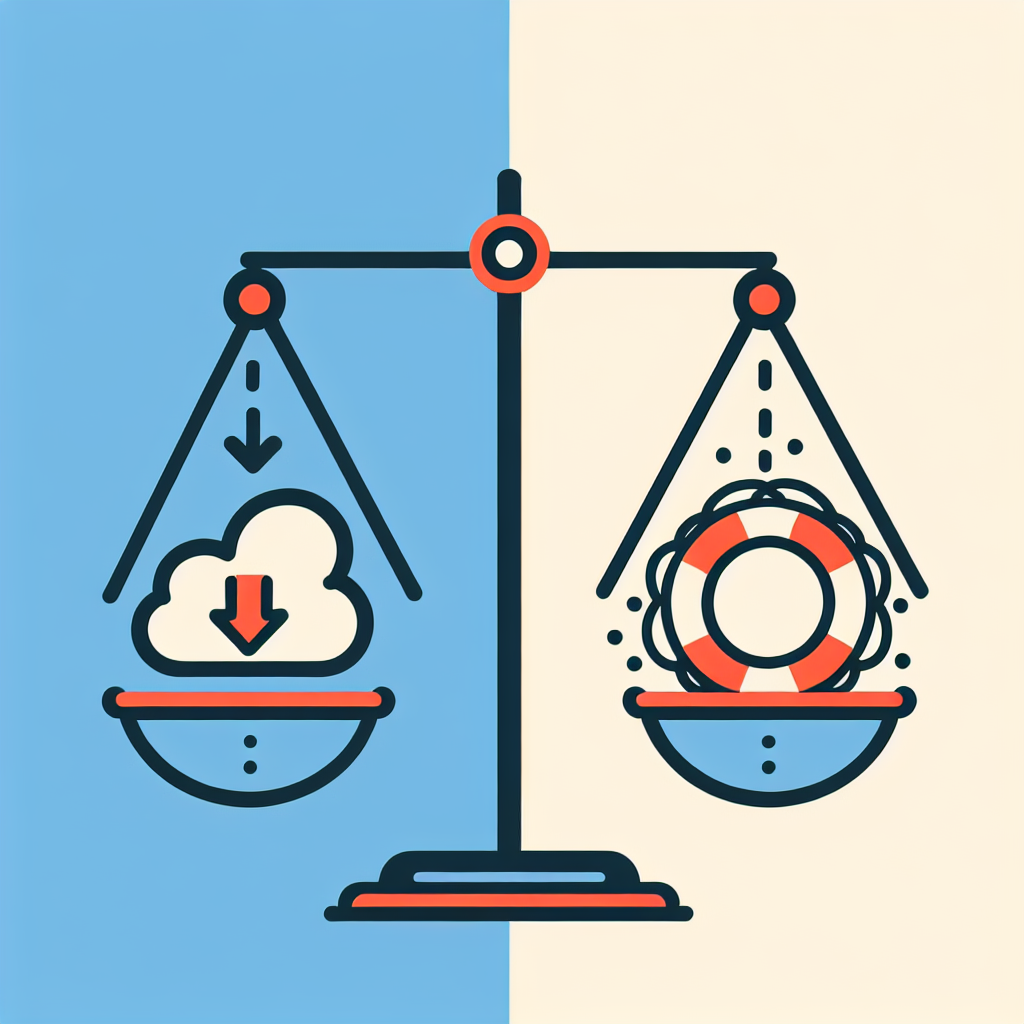It’s flu season right now, and the U.S. is in the midst of a wave that’s straining hospitals. But not all influenza is the same. There are some notable differences between flu A and flu B strains.
On the heels of a post-holiday COVID-19 surge, flu cases and hospitalizations are ticking upwards. And the vast majority of the country is experiencing high, very high or moderate flu activity, according to the most recent estimates from the Centers for Disease Control and Prevention.
The current flu season is dominated by influenza A variants, Dr. Sean T. Liu, associate professor of medicine at the Icahn School of Medicine at Mount Sinai, tells TODAY.com. Specifically, the CDC notes that H1N1- and H3N2-related variants, both type A flu strains, are the predominant flu viruses circulating this season.
But what does it mean to have a flu A or flu B season? Do these types of flu have different symptoms? And does one cause more severe illness than the other? Experts have been studying influenza for many years now, but there are some ways this virus can still surprise us.
What’s the difference between flu A and B?
What we colloquially refer to as “the flu” is not just a single strain.
“Influenza is a family of viruses — a group that has similarities in the way that their biology works,” Dr. Stuart Ray, professor of medicine and oncology at Johns Hopkins University School of Medicine, tells TODAY.com.
Different lineages of influenza have risen and persisted, similar to the way other viruses work, Ray explains, like the coronavirus.
The two most severe and most common flu strains are type A and type B. There is also a type C influenza, but it’s less common and doesn’t tend to follow the same seasonal patterns as the other two, Ray says.
Flu A is generally more severe, Ray says, and only influenza A has been known to cause pandemics — including the 1918 flu pandemic.
Unlike type A, influenza B only infects humans, he explains, “so it changes more slowly and it tends to be milder.” But on an individual level, influenza B infections have the potential to become just as severe.
When it comes to type A versus type B flu, the timing isn’t always predictable, Liu says. Flu season typically starts around October and goes through February or March, he says, but can last through April.
“Different seasons can be different,” Ray agrees, and flu cases don’t always spike at the same time of year. But, in general, “during the respiratory (virus) season, we tend to see A coming up earlier,” Ray explains, “and then the tail of the epidemic tends to be influenza B.”
What are the symptoms of flu A vs. B?
Whether you have influenza A or B, you can expect to develop the same general set of symptoms, the experts say.
In fact, experts sometimes use the term “flu-like illness” to refer to other diseases because “influenza is sort of the prototype” of a fever-causing respiratory illness, Ray explains.
A flu infection typically causes these symptoms:
- Fever
- Cough
- Sore throat
- Body aches
- Runny or stuffy nose
- Headaches
The flu can also cause a general feeling of fatigue or malaise, Ray says, as well as gastrointestinal issues like diarrhea and nausea, especially among children. As with COVID-19, some people also experience a loss of taste and smell with the flu, he adds.
But, if you’re comparing flu A vs. flu B, it’s impossible to tell which strain you have based just on your symptoms.
“They’re clinically indistinguishable on a case-by-case basis,” Ray says. “So when we see someone, we have to test them to see whether they have A or B.”
Possible complications of the flu can include pneumonia. You can develop viral pneumonia, Liu says, or a secondary bacterial pneumonia. Rarely, influenza can spread to other organs, including the brain where it causes a life-threatening condition called encephalitis, Ray says.
Vaccines protect against both A and B
Flu vaccines protect against a set of influenza A and B variants every year, the experts say.
“Every year, the community, including groups from CDC, work hard to do surveillance worldwide and locally to get a sense for what’s circulating and what’s likely to circulate,” Ray says.
Vaccine makers choose one variant of type A H1N1, a variant of H3N2 and a B flu strain from a particular lineage, the CDC explains. Previously, they also included a B strain from another lineage, called Yamagata, but that strain is now thought to be extinct thanks to COVID-19 safety measures like social distancing and masking, Liu says.
In addition to getting a flu vaccine, there are precautions you can take to protect yourself from the flu, the experts say. That includes washing your hands or using hand sanitizer and wearing a mask in public areas.
Additionally, with the continued spread of bird flu, Ray cautions against drinking unpasteurized milk (sometimes called raw milk) and eating raw eggs.
If you feel sick but aren’t sure whether you have a cold, COVID-19 or the flu, Liu recommends taking a test at home or at your doctor’s office. There are combination at-home tests available now that can detect the viruses that cause COVID-19 and the flu, he explains.
There are also antiviral treatments available for the flu, Liu says, which tend to be most crucial for those with certain underlying health conditions that predispose them to severe flu complications. That includes people with heart failure or chronic obstructive pulmonary disorder, for instance, as well as those who take any immunosuppressive medications.
Previously, the type of flu you had made an impact on which treatment you received because the treatment available, amantadine, was only effective against influenza A, Ray says.
That drug is no longer used to treat flu infections, however, he explains. And the options available today, such as oseltamivir (Tamiflu) are effective against A and B variants.
Flu A is the most common type of influenza virus and typically causes more severe symptoms. Symptoms of Flu A can include fever, chills, cough, sore throat, muscle aches, fatigue, and headache. It can also lead to complications such as pneumonia, bronchitis, and sinus infections. Flu A is usually more prevalent earlier in the flu season.
Flu B, on the other hand, is less common but can still cause significant illness. Symptoms of Flu B are similar to those of Flu A and can include fever, cough, sore throat, fatigue, and muscle aches. Flu B tends to be less severe than Flu A and is more common later in the flu season.
The timing of symptoms can also differ between Flu A and Flu B. Flu A symptoms typically appear more suddenly and severely, while Flu B symptoms may develop more gradually.
It’s important to remember that both Flu A and Flu B are contagious viruses that can spread through respiratory droplets. The best way to prevent the flu is by getting vaccinated each year, practicing good hand hygiene, and avoiding close contact with sick individuals.
If you suspect you have the flu, it’s important to see a healthcare provider for an accurate diagnosis and appropriate treatment. Remember to stay home and rest to prevent spreading the virus to others. Stay healthy this flu season!
Tags:
flu a vs flu b, difference between flu a and flu b, flu a symptoms, flu b symptoms, flu a vs flu b symptoms, flu a vs flu b timing, flu a vs flu b comparison, flu a vs flu b differences, flu a vs flu b similarities, flu a vs flu b treatment, flu a vs flu b prevention
#Whats #Difference #Flu #Flu #Symptoms #Timing








